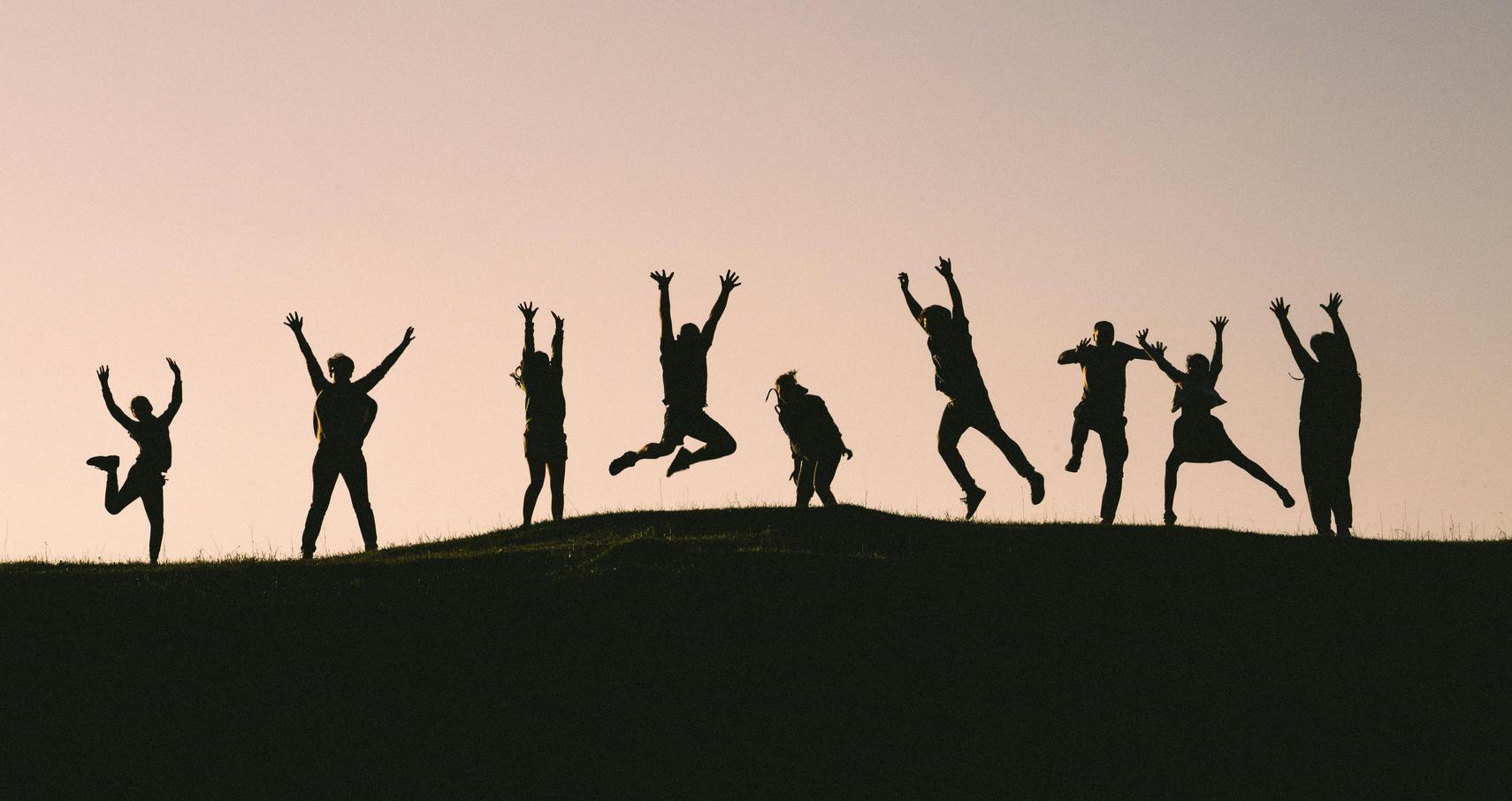Silhouette photography possesses an allure that captivates both photographers and viewers alike. The art of creating striking images through the interplay of light and shadow is both captivating and emotionally evocative. In this article, we’ll delve into the basics of silhouette photography, exploring the reasons why silhouettes have such a profound impact on our emotions and storytelling abilities.

I. Equipment and Settings for Silhouette Photography
-
Choosing the Right Camera and Lens Combo:
When it comes to silhouette photography, having the right gear can make all the difference. Opt for a camera with manual controls, as this allows you to have full command over the exposure settings. Additionally, a lens with a wide aperture, such as a prime lens, can help in creating more dramatic silhouettes by allowing more light to enter the sensor.
-
Mastering Exposure Settings for Striking Silhouettes:
Exposure is a critical factor in silhouette photography. To achieve those bold and eye-catching silhouettes, you’ll want to underexpose your subject deliberately. Utilize spot metering to meter for the brighter background, which ensures your subject remains dark and featureless against the backdrop.
-
Working with Light Sources for Captivating Effects:
The key to successful silhouette photography lies in managing the light sources. Position your subject between the camera and a strong light source, such as the setting sun or a powerful artificial light. This will create a stark contrast between the subject and the background, resulting in a mesmerizing silhouette effect.
II. Composing Compelling Silhouette Shots
-
Finding the Perfect Subject for Your Silhouette:
Not all subjects are well-suited for silhouette photography. Look for subjects with distinct and recognizable shapes that can be easily outlined against the background. Trees, people, animals, and architectural elements are excellent choices to experiment with.
-
Understanding Shapes and Outlines for Stronger Impact:
Silhouette photography is all about emphasizing shapes and outlines. Pay attention to the contours of your subject, seeking out unique and intriguing angles. Experiment with different perspectives to add depth and visual interest to your silhouettes.
-
Utilizing Negative Space to Enhance Your Composition:
Negative space plays a crucial role in silhouette photography. The vast expanse of the background surrounding your subject can add a sense of drama and storytelling to your image. Use the negative space to draw attention to the main subject and evoke emotions in your viewers.
III. Best Times and Locations for Silhouette Photography
-
Embracing the Golden Hours: Sunrise and Sunset Magic:
The golden hours, shortly after sunrise and before sunset, offer the most enchanting light for silhouette photography. The warm, soft glow of the sun on the horizon creates a magical ambiance, perfect for crafting breathtaking silhouettes.
-
Cityscapes and Skylines: Urban Silhouettes with a Twist:
Urban environments provide a unique canvas for silhouette photography. Capture the outline of buildings, bridges, and city landmarks against the vibrant city lights for an urban twist to your silhouettes.
-
Nature’s Wonders: Silhouettes Amidst Landscapes and Wildlife:
Nature’s beauty provides an endless array of opportunities for silhouette photography. Experiment with capturing wildlife silhouettes against the radiant hues of a setting sun or framing majestic mountains and serene lakes in your compositions.
IV. The Role of Light in Silhouette Photography
-
Backlighting: The Key to Stunning Silhouettes:
Backlighting is the essence of silhouette photography. Allow the light to flow from behind your subject, obscuring the details and highlighting the outline. The resulting effect can be both ethereal and powerful.
-
Exploring Different Light Sources for Unique Effects:
Don’t limit yourself to the traditional sources of light for silhouettes. Experiment with various light sources like street lamps, car headlights, or even a bonfire to add a distinct touch to your images.
-
Controlling Exposure to Balance Light and Shadow:
Finding the right balance between light and shadow is crucial in silhouette photography. Play with exposure settings to achieve the desired effect, making sure your subject remains in the shadows while the background remains well-lit and vibrant.
V. Advanced Techniques and Creative Tips
-
Silhouettes with a Twist: Reflections and Water Effects:
Incorporate reflections and water surfaces into your silhouette photography for a creative twist. Puddles, lakes, or even mirrors can add an artistic flair to your images, transforming them into stunning visual narratives.
-
Multiple Exposures and Overlays for Artistic Flair:
Push your creative boundaries by experimenting with multiple exposures and overlays. Merge different silhouette shots or combine a silhouette with another image to craft truly unique and thought-provoking compositions.
-
Experimenting with Props and Silhouetted Portraits:
Include props or experiment with silhouetted portraits to add a personal touch to your work. Whether it’s a simple umbrella or a profile portrait against a mesmerizing backdrop, these creative approaches can elevate your silhouette photography to new heights.
Embrace the simplicity and power of silhouette photography as you embark on a journey to evoke emotions and tell compelling stories through shadows. With the right equipment, thoughtful composition, and an understanding of light, you can create breathtaking images that showcase the beauty of silhouettes. Allow your artistic voice to shine, and with newfound confidence, explore the boundless world of silhouette photography. Let your passion guide you as you capture beautiful and dramatic images that resonate with viewers on a profound level.